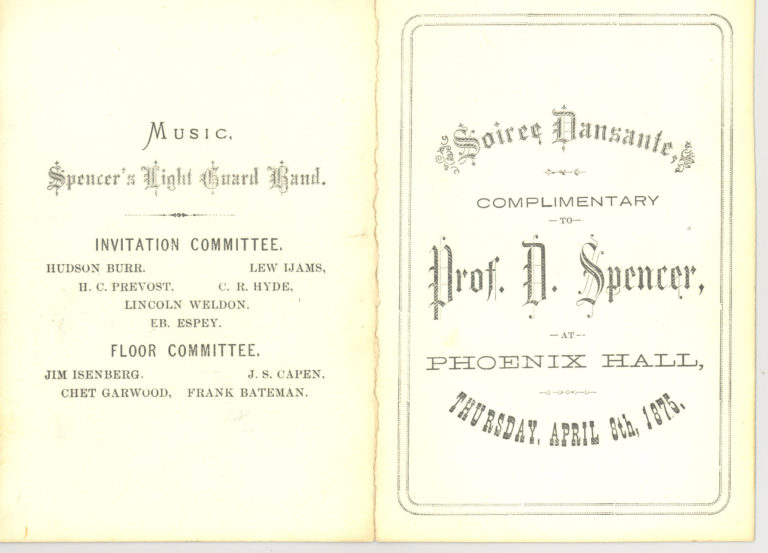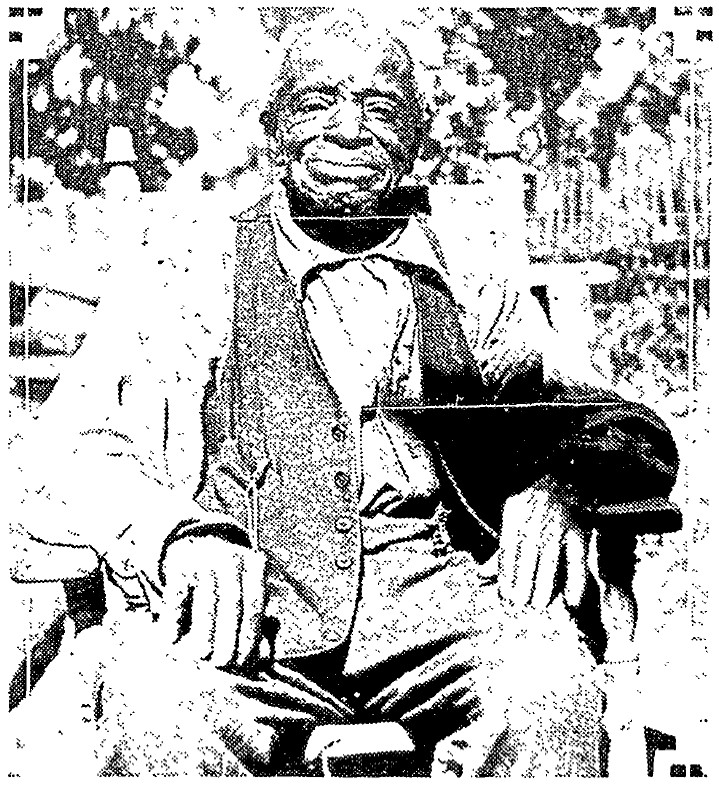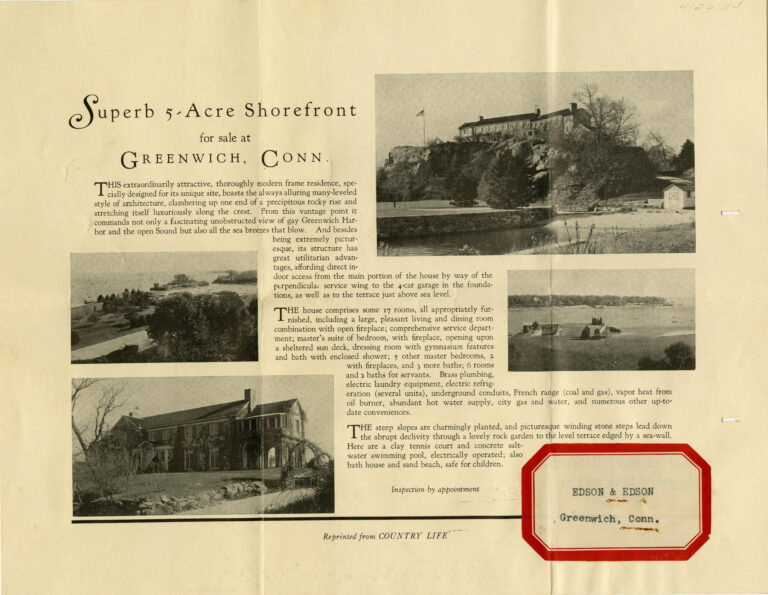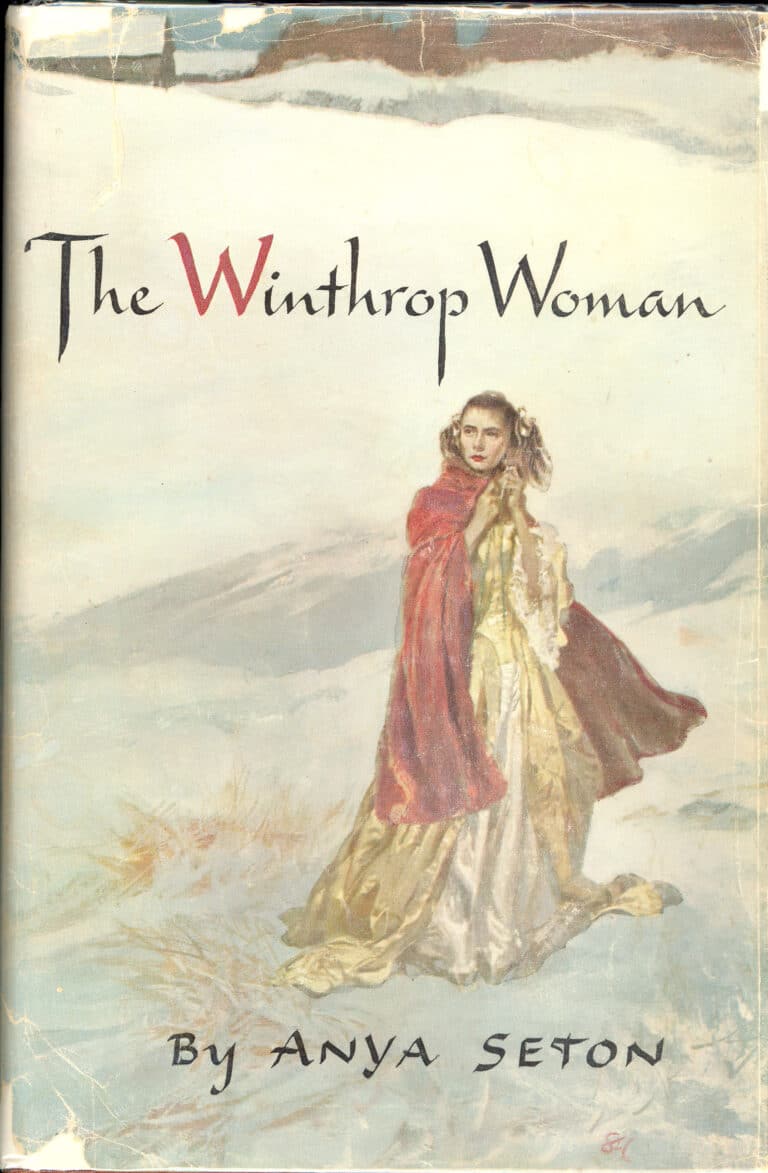At this time when we are isolating ourselves in our homes to help stem the coronavirus pandemic, it may be enjoyable to recall good times when we were able to gather with friends and loved ones without our present concerns. We can also look forward to future social occasions when the current crisis passes (and it will!). Here we highlight a few items from the Archival Collection that reflect a particular type of social engagement from the latter part of the 19th century.
Pictured here are “dance cards” from the Ephemera Collection at the Greenwich Historical Society.

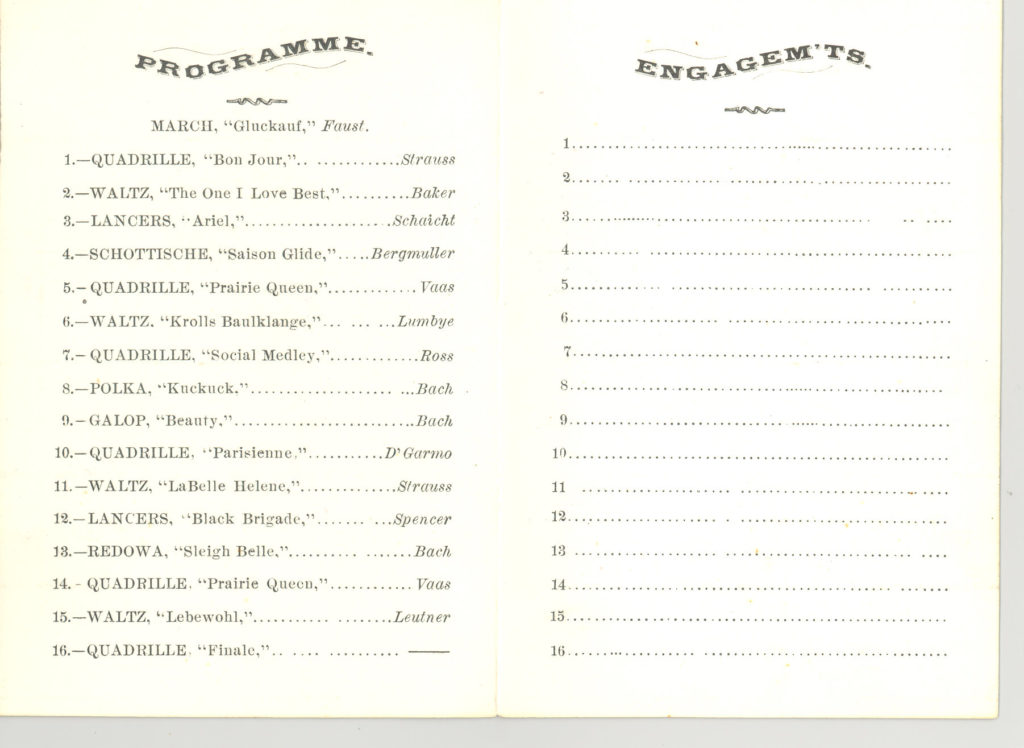
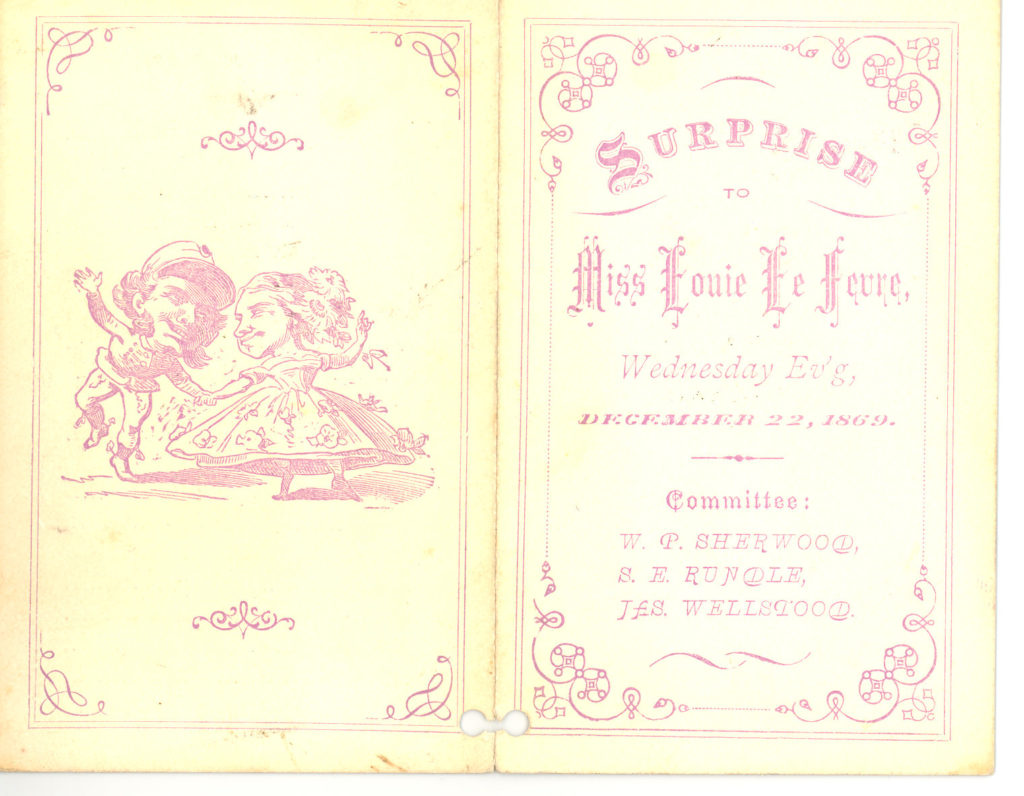
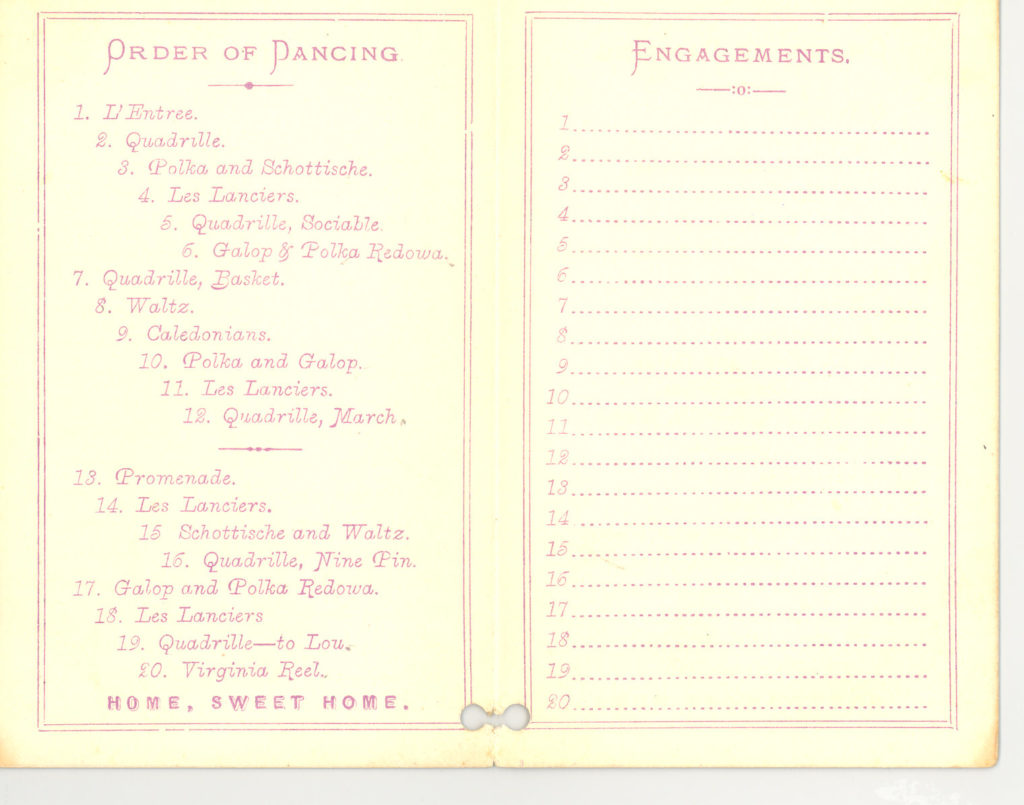
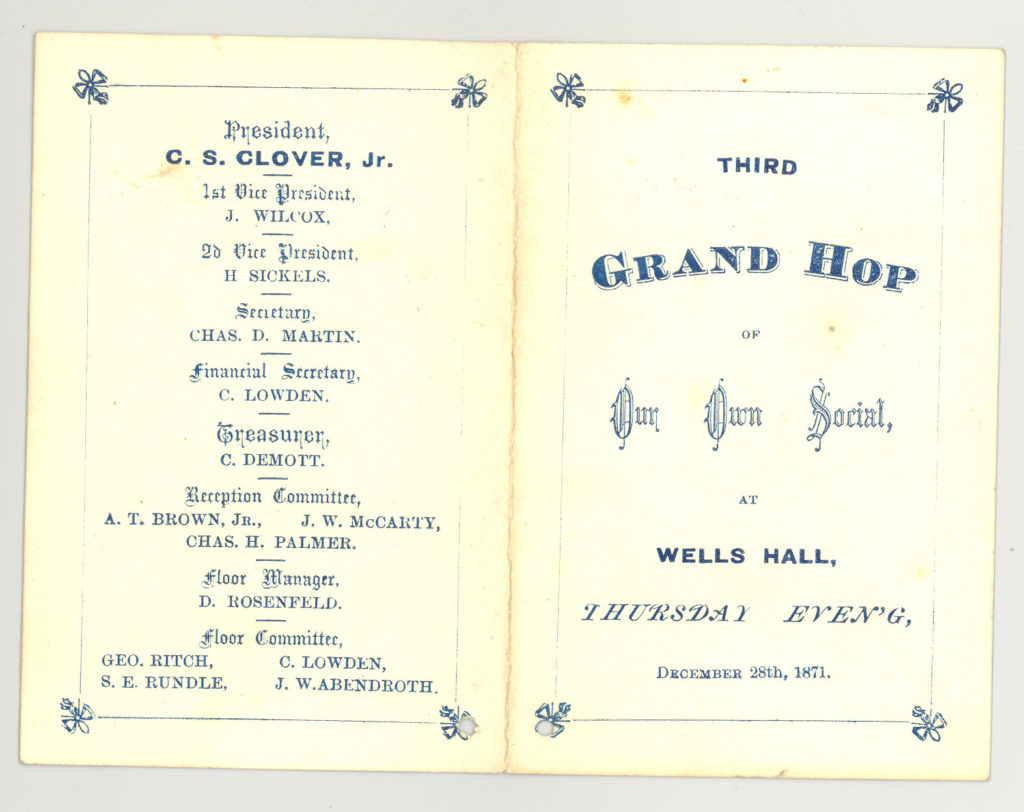
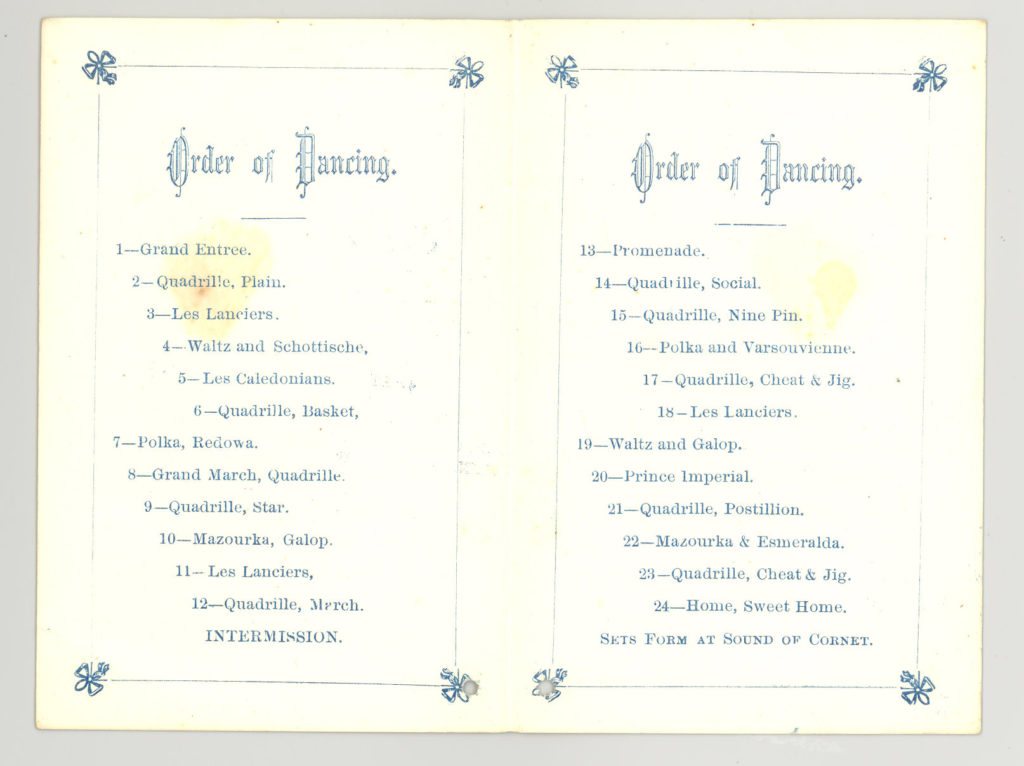
Dance cards were one component of the strict and elaborate rules of etiquette that governed interactions between men and women during the Victorian period (1837-1901). These rules were observed particularly by those in the upper class (or those who were socially mobile and intent on improving their status in society).
These cards were distributed to guests at dance balls and listed the names of the people who were involved in organizing and executing these significant occasions. They offered a respectable venue where men and women of society (namely those who were interested in finding a suitable marriage partner) could mix and mingle in an appropriate fashion.
As you can see, these were highly structured events. Specific dances were performed by the guests in a prescribed order. There were spaces where a gentleman could sign his name to “claim” his spot for the specified dance with the special lady who carried the card.
You may be familiar with the expression “my dance card is full” meaning that someone is fully committed and cannot accept additional projects or invitations. At one time, this literally meant that all the spaces for every dance had been claimed and a lady could not consider any additional requests. The continued usage of the phrase is a great example of how language reflects and adapts to our history and societal norms. Our shared history is embedded in the words we use today.
As mentioned previously, these dance cards come from the Ephemera Collection at the Greenwich Historical Society. The term “ephemera” refers items (usually printed material) that were originally intended to be meaningful or useful for a short period of time (think of those weekly supermarket flyers and advertisements that show up in your mailbox). It turns out that these items are rich sources of information for anyone interested in better understanding the past.
Here are some useful links for additional information:
A selection of ephemera from the Greenwich Historical Society’s digital collection can be found here.
Want to explore more ephemeral materials? Check out The Ephemera Society of America, which presents an annual conference and fair here in Greenwich (cancelled this year due to the pandemic). The link features beautiful color reproductions and explores various design styles:
You can find a more detailed examination of the etiquette of the Victorian period in the online exhibition “A History of Social Dance in America” presented by the American Antiquarian Society:
